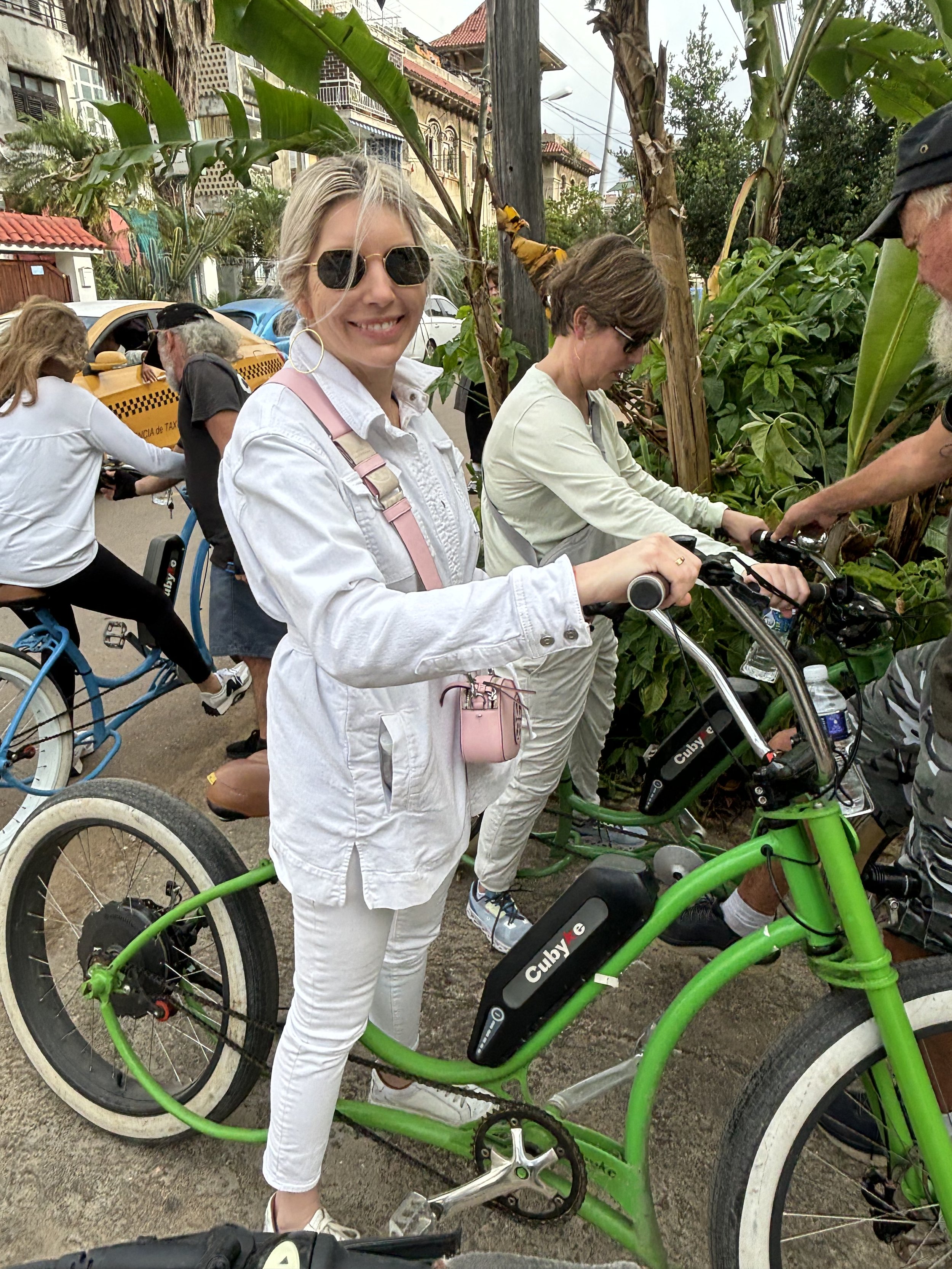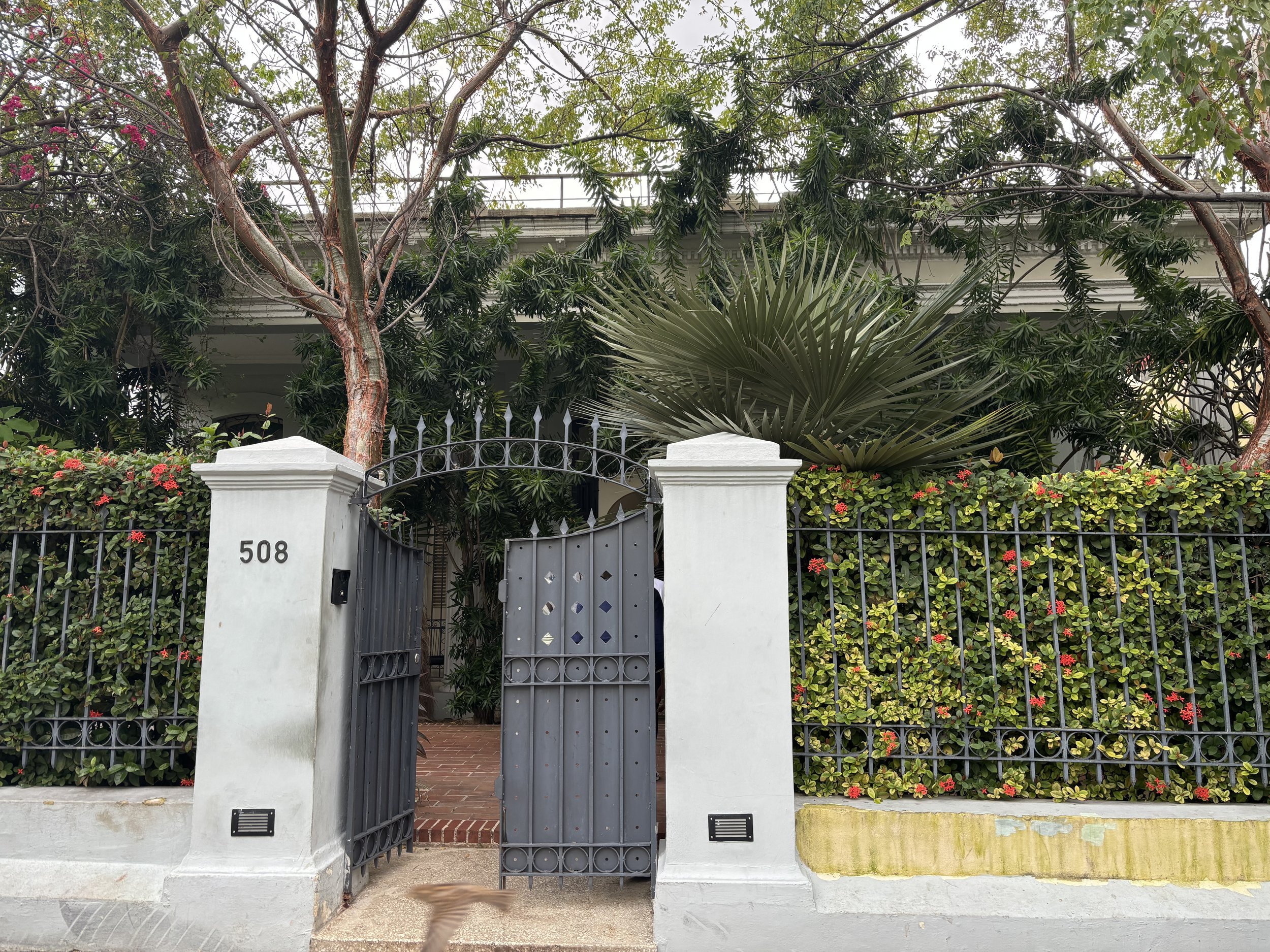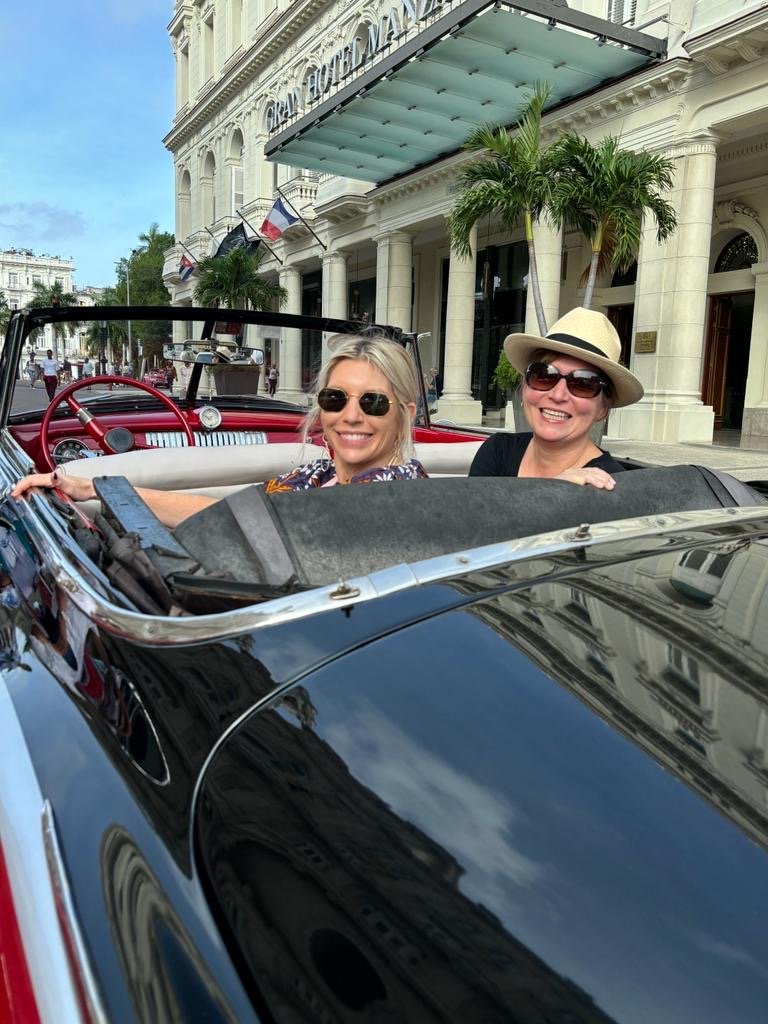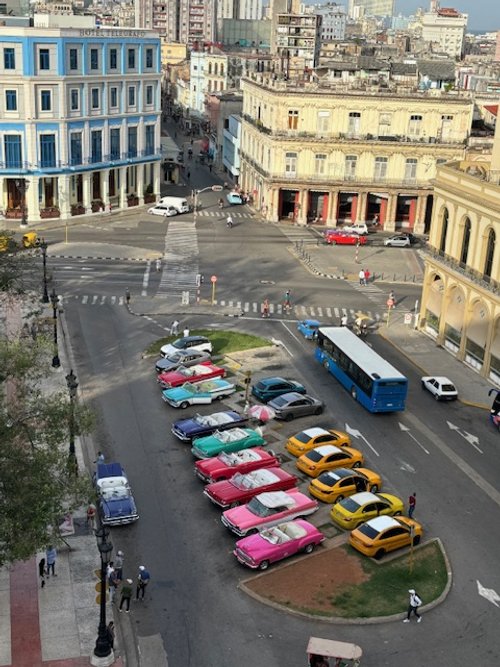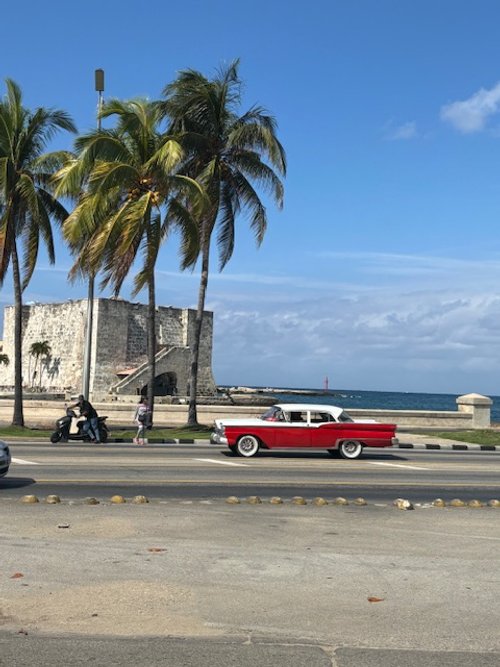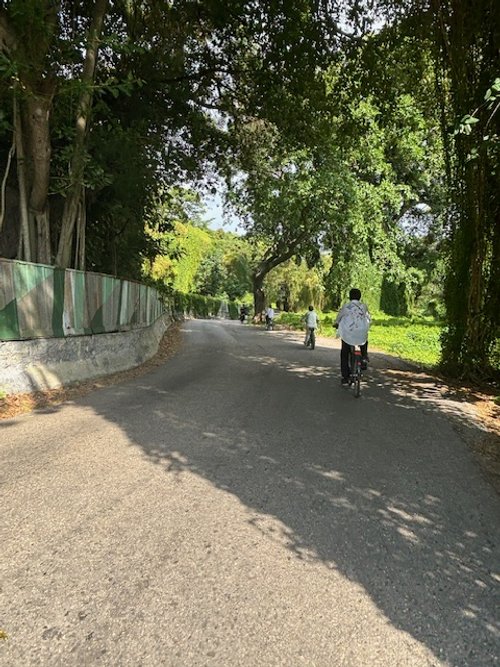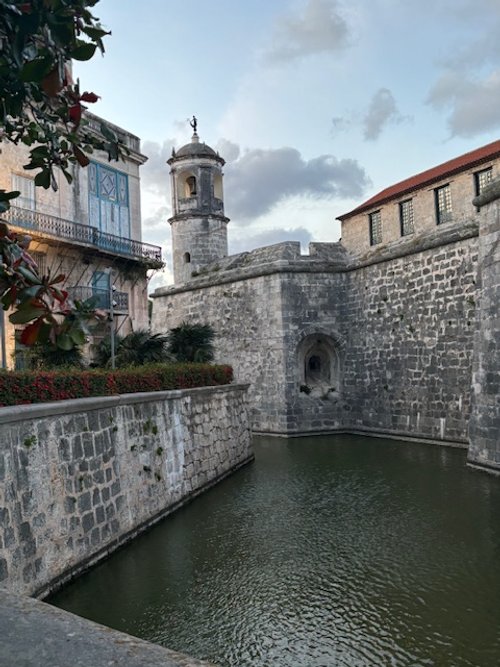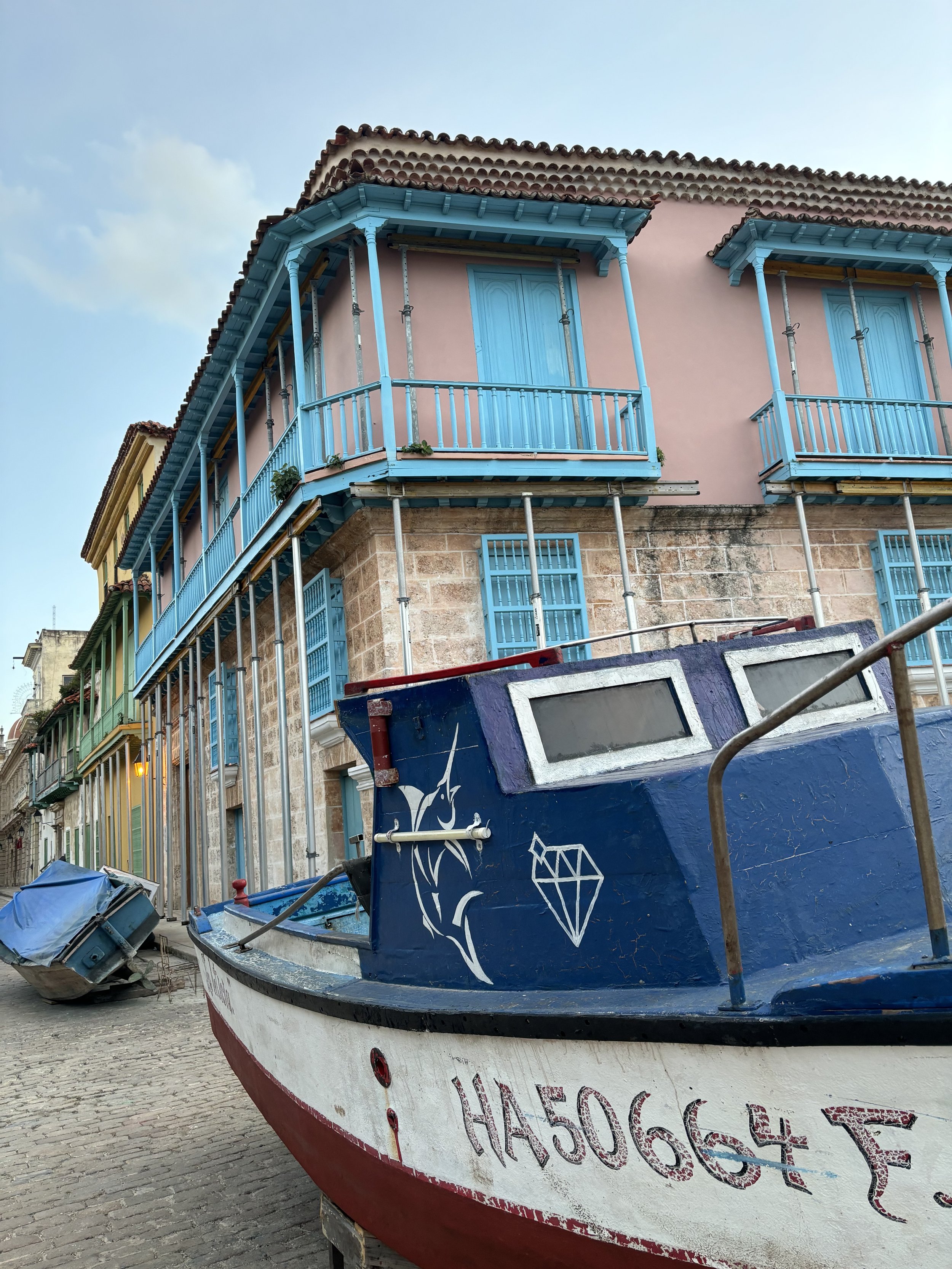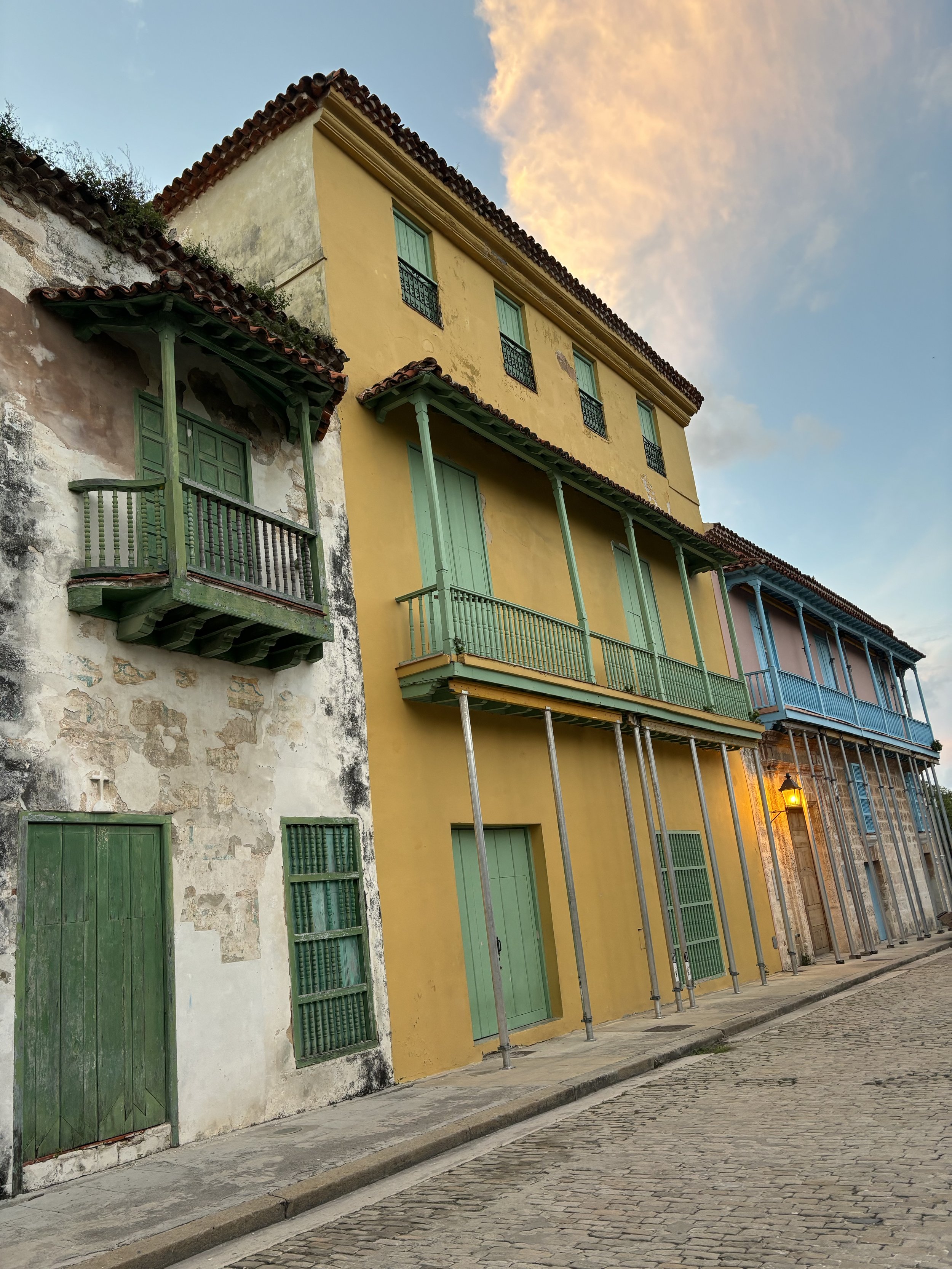Frozen in Time: Havana
Yes, you can travel to Cuba!
I recently returned from a trip with Buchhalter International, hosted by Cuban Private Travel. I had visions of a colorful city with a vibrant vibe and that is exactly what I experienced. Upon arrival at the Havana airport, the airport concierge service greeted us and we were taken to the VIP lounge while our luggage was being retrieved. I started my time in Havana tasting a local beer, Bucanero. Once our luggage was ready, the concierge service walked us through immigration and customs with ease.
We started our journey walking the Old Town. Over the last two decades Havana’s old colonial center, the Habana Vieja, has been lovingly restored through the work of city historian Eusebio Leal, aided by artisans brought out of retirement to realize his dream and passing their skills and wisdom onto a new generation. Cobbled streets lead to immaculately polished Baroque churches, castles and palaces. Plazas have been returned to their former glory, their fountains flowing once more and facades attentively re-rendered.
During our stay, we also visited areas where the restoration money hasn’t arrived yet. Just west of Habana Vieja, the gritty working class district of Centro Habana is an atmospheric picture of ruined, rutted beauty; slightly further west the well-heeled districts of Vedado and Miramar feature glorious architecture, gems whose peeling and faded grandeur eloquently describe the twentieth century changes that Havana has been through.
The food. Delicious. Cuba has a rich cuisine that has evolved out of the island’s multi-layered, émigré history and new restaurants are opening all the time. Amerindians (Taino, Guanahatabey, and Siboney), Spanish colonials, especially from Galicia and the Canary Islands, French slave owners from Haiti, Chinese, Jewish, Arab and American migrants have all combined to leave a culinary mark on Cuba. Private restaurants were legalized in Cuba during the 1990s. We were able to meet up with these entrepreneurial restaurateurs and the small organic farmers who supply them, both in the city and further afield to understand the changes taking place.
The vintage cars painted the city with vibrant colors. The history was fascinating. When the Castro government came to power in 1959 it stopped imports on foreign cars and parts. The USA then signed a commercial embargo blocking the sale of all American-made goods to the country. Those cars that were already in the country still glide around the island like props in a 1950s movie, a reminder of Cuban ingenuity and the time warp that Cuba has inhabited since the Revolution. There are roughly 60,000 classic cars on the road in Cuba, nearly a third of all the cars in the country. Most Cubans don’t have a car. They catch the bus, take collective taxis (horse-drawn in the countryside), jump on the back of trucks, hitchhike, walk, cycle or ride a horse. Sharing between neighbors, families, friends and even strangers is normal.
The people - resilient. There are three very different generations living in Cuba. The grandparents that remember what Cuba was like before the revolution. Their children that experienced the changes, and the grandchildren that want Cuba to thrive like it once did.
What does a vacation look like that’s main purpose is to support the people of Cuba? You stay in a 19th century mansion located in a historical neighborhood. You dine in restaurants and shake the hands of the owner and the chef. You take salsa lessons at a private dance studio. You meet budding young artists in their homes where they demonstrate their craft. You learn about the culture, history, fascinating stories while tasting rum with a professor from the University of Havana. You listen to music during the Havana Jazz Festival that has been held annually since 1979.
I look forward to going back and experiencing more of this country. Next on my list for Cuba is Trinidad with its multi colored pastel hued terraces, rust-red roofs and bell towers set against a fertile backdrop of mountain and sea. This is an ideal destination for those interested in history, architecture, jazz, cigars, art… Cuba is for everyone.
Just to make you laugh…
Travel to Cuba Independently and Legally!
The Office of Foreign Assets Control (OFAC) of the United States Department of the Treasury in Washington DC has confirmed that individuals subject to United States jurisdiction may use a non-restricted hotel and/or a private residence when visiting the Republic of Cuba using the “Support for the Cuban People” authorized travel category.
It is all possible and entirely legal when you let us put together a completely tailormade itinerary for you that follows all the rules:
Meet artists, musicians, and dancers
Stay in beautiful unique private properties and 5-star luxury hotels
Enjoy great food and cocktails
Ride around in vintage cars, snorkel, fish, and dive
Dance Rumba and Reggaeton and listen to great music
Smoke real Cuban cigars with the local farmers
Get your nature fix with great trekking, cycling, and riding
Although group and cruise ship travel are suspended, for the time being, Cuba Private Travel has years of experience creating itineraries that fit the Support the Cuban people license, and, with a full schedule of flights from New York, Florida and Atlanta amongst others, now is the time to support the Cuban people when they most need it. Contact us today for a full legal itinerary.

